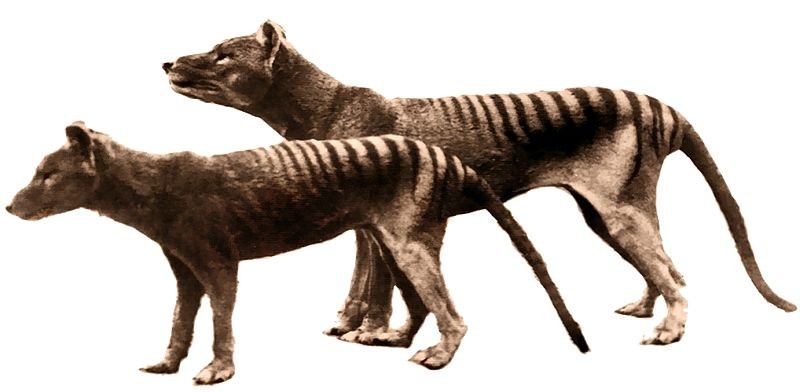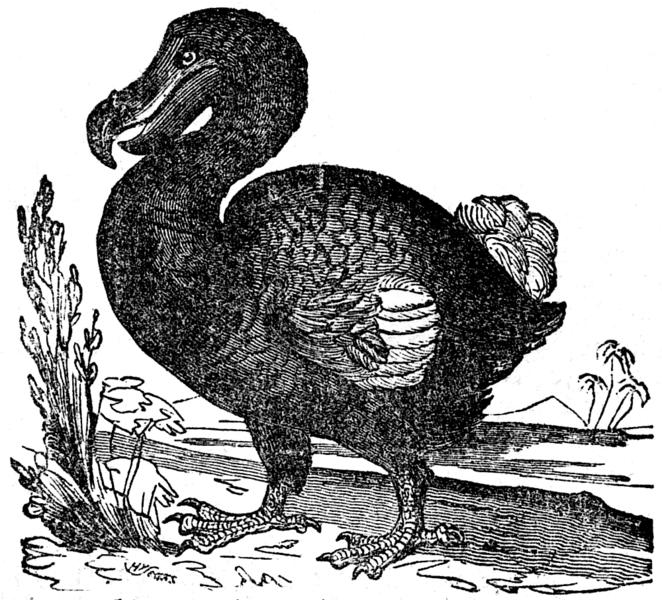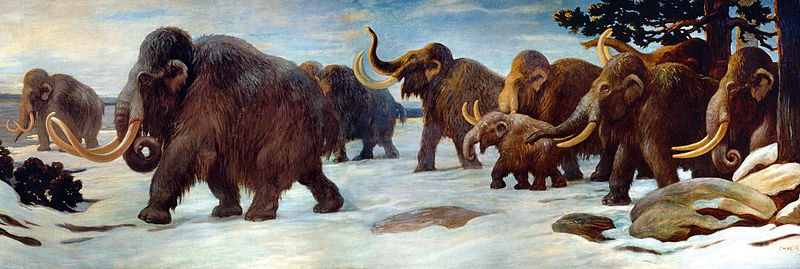De-extinction research may help overall conservation efforts, but it shouldn't be the only method we use to ensure the survival of animals.
Bringing the Tasmanian Tiger Back to Life

The final Tasmanian tiger makes a CGI appearance in the 2011 film The Hunter. Observing the extinct creature in its native environment has a terrible impact. Despite several sightings, there is no scientific proof that it existed until 1936, when the last known species perished in Hobart Zoo due to mistreatment.
In a glimmer of hope, experts say it could take ten years for the Tasmanian tiger to return to its original habitat. A $5 million charitable grant was given to Prof. Andrew Pask and his team to establish a facility for thylacine integrated genetic restoration research. A US business called Colossal employs cutting-edge CRISPR gene-editing technology and has teamed with the facility.
Human Interference

The extinction of other species is one of the main ways people impact the environment. Until recently, it was believed that extinct species would never return to the biosphere. However, the concept of de-extinction has emerged as a viable use of synthetic biology.
There is much discussion surrounding the idea of reintroducing extinct creatures. Most, if not all, de-extinction attempts concentrate on recently extinct vertebrates. Though the technological viability of such an undertaking is still in doubt, the idea has ramifications for science, ethics, and resource management.
Also Read: Animal Resurrection: Can a Bioscience Firm Bring Extinct Wooly Mammoth Back to Life?
De-Extinction Discussion

According to Stanley Temple, a wildlife researcher, "de-extinction gives the ultimate 'exit,'" in a 2015 BBC interview. "The importance of averting extinctions is undermined if you can always bring the species back later."
Others, however, feel financing for de-extinction and conservation are not mutually incompatible and see the possibility of rescuing endangered species in bringing back extinct animals.
Modern biotechnology could make it possible to end extinction. Uncertainty surrounds the potential effects of extinct species; they might enhance ecosystem function, impede conservation efforts, or harm socio-ecological systems. We polled experts from various disciplinary backgrounds to better predict the effects, moral conundrums, and governance requirements of de-extinction.
Arguments supporting the de-extinction claim that doing so will boost biodiversity conservation efforts, meet a moral imperative to bring extinct species back to life, and improve ecosystem function. The most important potential benefit of de-extinction may be the ecological advantages of restoring extinct species.
On the other hand, de-extinction is said to be unethical and potentially harmful to conservation efforts and biological systems. As a riskier alternative to extinction prevention, the production of extinct species might undermine conservation programs. As a result of this moral hazard, or an alternate solution, riskier conduct is made possible, exacerbated by ecological change.
Ethics and Conservation
According to Ronald Sandler, head of the Ethics Institute at Northeastern University, weighing the benefits and drawbacks of de-extinction varies from species to species. He tells the Monitor in a phone interview that "it's virtually never going to be the case that the advantages favor participating in de-extinction" when formulating a cost-benefit analysis in terms of conservation.
Other scientists see it as a chance to "reverse the harm" done by humanity in causing a species to go extinct in the first place. Some scientists are driven by the scientific and technological worth of the study, not the goal of producing a conservation tool.
In addition to conservation, "people desire to [restore] species for other reasons," according to Sandler. Cost-benefit calculations "do not fully account for the value that a species can have."
Related Article : Can Science Bring Back Extinct Species
For the most recent updates from the animal kingdom, don't forget to follow Nature World News!
© 2025 NatureWorldNews.com All rights reserved. Do not reproduce without permission.





